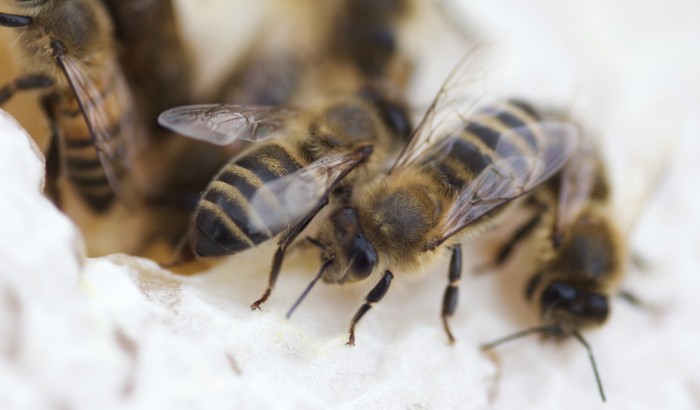A Mini Research Moment: Social Science and Pollinator Declines
Honey bees and pollinators have been a core environmental news item in the English-speaking media for the past five to eight years: dying of mysterious illnesses, affected by pesticides, and as generally responsible for the production of many fruits and vegetables on which we rely. Honey bees in particular have had a long, close relationship with people, something often forgotten in the flurry of crises and new discoveries. However, their increasingly frequent presentation alongside polar bears and glaciers as emissaries of environmental collapse and human destruction means it is important to consider both the biological/ecological and the social when discussing honey bee and pollinator declines (Harries-Jones 2009; Mathews 2011). However, bridging this divide can be challenging—and we’d like to know how to do it more effectively.
